
In Photos: Auroras Dazzle Northern Observers
Aurora Eklund
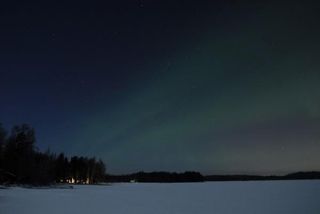
A powerful solar flare, hurled into space when superhot gases erupted on the sun yesterday (Feb, 13), and caused a display of the aurora borealis for parts of the northern United States overnight (Feb. 14).
Photographer Tom Eklund caught this aurora generated by the solar flare's interaction at Valkeakoski, Finland on Feb. 14. These geomagnetic storms are caused by particles that glow green in the ultraviolet part of the spectrum.
Aurora Blakley
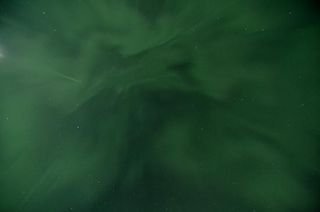
Chad Blakley captured this image of the aurora on Feb. 14 at Abisko National Park in Sweden.
"Another great night in Abisko!" Blakley wrote on spaceweather.com. "My wife and I were enjoying the last few moments of our valentines date when my phone rang...it was a friend telling me to look outside. When I pulled the curtains back the whole sky was alive. I missed the big show, but I was able to snap a few photos before my equipment and my body gave out...it was a chilly 31 degrees [Celsius] below zero (minus 24 degrees Fahrenheit)!"
See more of his aurora images at www.lightsoverlapland.com.
Aurora Blakley
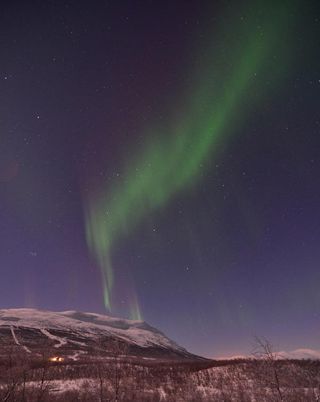
Blakley also captured this image of the aurora at Abisko National Park on Feb 14.
The solar flare, categorized by the NOAA Space Weather Prediction Center in Colorado as a Class M6.6, was the strongest solar flare observed in 2011.
Sign up for the Live Science daily newsletter now
Get the world’s most fascinating discoveries delivered straight to your inbox.
Image courtesy of www.lightsoverlapland.com.
Aurora Eklund
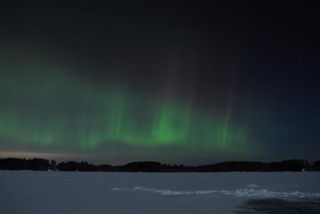
The flare triggered northern lights displays for skywatchers living in northern latitudes and graced with clear skies. Above, another photo from Tom Eklund of Finland taken on Feb. 14.
Aurora Eklund
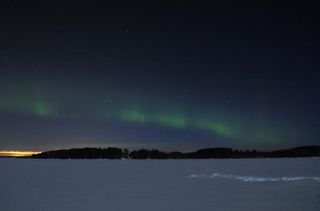
Finland was one of many places where photographers could take pictures of the aurora.
Solar flares that cause auroras can act as a kind of explosion that sends streams of electrons and protons out into space. These electrons, protons and other particles are hurled out of the sun's magnetic field in a wave of electrified gas.
Aurora Eklund
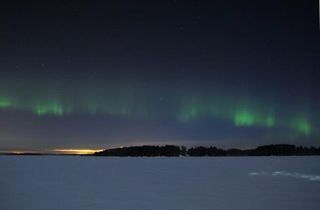
.
As these electrons and protons come into contact with the Earth's magnetic field and stream toward the magnetic poles, the chance of a collision between these charged energy particles and the rarefied gases of the upper atmosphere increases dramatically, producing a disturbance, or "magnetic storm," in the Earth's magnetic field. Eklund was in a picturesque spot to view this week's magnetic storm.
Aurora Mckenna
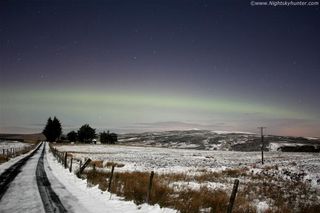
As photographers Conor McDonald saw on Feb. 15, the aurora borealis, or northern lights, stood out across Northern Ireland.
"After a great day of snow showers we were treated to this wonderful aurora," McDonald wrote on spaceweather.com.
Image courtesy of www.nightskyhunter.com.
Aurora Mckenna
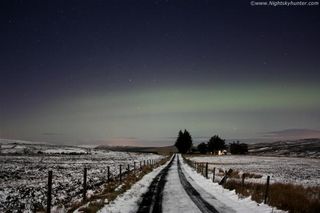
"Even with the bright moon up this fast changing bright and colorful aurora was enough to shine through." McDonald wrote.
Image courtesy of www.nightskyhunter.com.










